
Feet to the Fire
FEET TO THE FIRE
CIA Covert Operations
in Indonesia,
19571958
Kenneth Conboy and
James Morrison
NAVAL INSTITUTE PRESS
Annapolis, Maryland
Naval Institute Press
291 Wood Road
Annapolis, MD 21402
1999 by Kenneth Conboy and James Morrison
All rights reserved. No part of this book may be reproduced or utilized in any form or by any means, electronic or mechanical, including photocopying and recording, or by any information storage and retrieval system, without permission in writing from the publisher.
First Naval Institute Press paperback edition published in 2018.
ISBN: 978-1-68247-345-0
ISBN: 978-1-68247-350-4 (eBook)
The Library of Congress has cataloged the hardcover edition as follows:
Conboy, Kenneth J.
Feet to the fire: CIA covert operations in Indonesia, 19571958 / Kenneth Conboy and James Morrison
p. cm.(Naval Institute Special Warfare Series)
Includes bibliographic references and index
ISBN 1-55750-193-9 (alk. paper)
1. IndonesiaPolitics and government19501966. 2. Military assistance, AmericanIndoesia. 3. United States. Central Intelligence Agency. 4. IndonesiaForeign relationsUnited States. 5. United StatesForeign relationsIndonesia. 6. United StatesForeign relations19531961. I. Morrison James.
II. Title. IIISeries.
DS644.C6337 1999
959.8035dc21
99-32286
 Print editions meet the requirements of ANSI/NISO z39.48-1992 (Permanence of Paper).
Print editions meet the requirements of ANSI/NISO z39.48-1992 (Permanence of Paper).
Printed in the United States of America.
26 25 24 23 22 21 20 19 189 8 7 6 5 4 3 2 1
First printing
CONTENTS
ACKNOWLEDGMENTS
THIS BOOK is based upon both written sources and extensive oral interviews. In the United States, the written sources were primarily gathered from the Foreign Relations of the United States series, as well as the releases in the Declassified Documents Reference System and relevant media transcripts recorded by the Foreign Broadcast Information Service.
In Indonesia, the effort centered on sifting through the available published military histories and memoirs on file at the Armed Forces Library in Jakarta. With the generous assistance of Col. William D. Patton and Col. Imam Wahyudi, unfettered access was also received to three extensive volumes kept by the Indonesian Air Force, which include literally hundreds of pages of previously classified documents dealing with the PRRI-Permesta rebellion.
For oral sources, Barbara Harvey, deputy chief of mission at the U.S. embassy in Jakarta, and Eddy Tumengkol, executive director of the United States-Indonesia Society, were particularly helpful in arranging the initial contact with several key participants. Two others, Sjoeib and Yanto Simbolon, were especially generous with their patience and assistance over the months of arduous work that followed. From the Republic of China on Taiwan, Chuang-wen Yu went out of his way to locate several critical sources.
Finally, thanks to our wives for their continued understanding in letting a couple of history buffs pursue such time-consuming and expensive research.
NOTES ON INDONESIAN SPELLING
IN INDONESIA, spelling is not an exact science. This situation was supposed to have changed in August 1972, when a new grammatical format for Bahasa Indonesiathe national language of Indonesiawas introduced. Under the modified system, numerous simplificationsfor example, c replaced tj; j replaced dj; u replaced oewere to have become standard. Old ideas die hard, however. In many cases, especially those involving family and place names, both new and old spellings continue to be used interchangeably. For example, there are two post-1972 biographies of General Yani: one book spells his first name Ahmad, the other Achmad. Similarly the island of Seram is still sometimes listed as Ceram, just as the name of the Muluku islands is sometimes spelled Molucca.
In some cases, spelling was inconsistent even before the 1972 changes. One can find references to Menado, for example, almost as often as Manado. As the latter seems to be preferred by local residents, it is used in this text.
It should also be noted that Indonesians have a propensity to use only a given name and no family name.
Feet to the Fire

Baptism by Fire
INDONESIA IS, in a word, complex. Consisting of more than seventeen thousand islands stretched over an archipelago greater than the distance from New York to Los Angeles, Indonesia is populated by dozens of ethnic groups speaking literally hundreds of dialects. Yet for all this diversity, Southeast Asias largest nation, in simple political and military terms, can be divided in two: Java and everything else.
As Indonesias geographic core, Java runs the show. Comprising about half of the countrys population, ethnic Javanese have traditionally constituted a majority in the military and government. Javas culture, too, dominates, and its economic development leads the nation.
Radiating outward from Java is everything else. These outer islands range in size and population, some having enough of each to partially emerge from Javas shadow. The most important is Sumatra. The size of California and home to over 20 percent of the population, Sumatra was born of fire. Some sixty-five volcanoes form a ragged spine down its length; the largest, exploding in one of the greatest eruptions the world has ever known, threw ash as far as the Bay of Bengal. As compensation for this Vulcan past, the island is wrapped in a fertile soil blanket. Ample deposits of oil and tin along with rich earth and a favorable climate have conjoined to assure Sumatras renown as Indonesias wealth reserve.
Natural resources are not Sumatras only physical attribute, however. Located on the western extreme of the island chain, Sumatra sits astride vital waterways connecting the Indian Ocean with the South China Sea. From this strategic vantage point, the island has historically acted as a gateway for foreign influence. Hinduism, Buddhism, and Islam all made their appearance in Indonesia by way of Sumatra.
Precisely because of its location and natural wealth, Sumatra has long attracted the attention of outsiders. Beginning in the eleventh century, a line of southern Sumatran kingdoms had to contend with the expanding influence of the neighboring Javanese. By the seventeenth century, Europeans were added to the equation. In short order, a patchwork of British, Dutch, French, and Portuguese colonial footholds were milking the island of resources.
Eventually the Dutch negotiated sole rights to Sumatra, obtaining a free hand to do what had never been done before: meld the island under single rule. The challenges to this unity were legion, but by 1903, after overcoming particularly fierce resistance from Acehnese tribesmen in the far north, the Dutch claimed the task complete.
Dutch boasting aside, the first decades of the twentieth century saw little ethnic or linguistic cohesion on Sumatra. By the time Imperial Japanese forces seized the archipelago during World War II, however, a transformation had occurred. Though still an ethnic mosaic, Sumatrans from all corners of the island now seemed to feel a common identity within their immediate shores. Moreover, as part of an anti-European consciousness stoked by Tokyo, Sumatrans were sharing an anticolonial affinity with all the former Dutch holdings across insular Southeast Asia. In 1945, when the Japanese belatedly encouraged thoughts of an independent Sumatra, the offer went nowhere. Two years later, after the returning Dutch dangled plans for a federated system with generous autonomy for the outer islands, the concept gained little currency. The people of Sumatra apparently were determined to cast their lot with others seeking a unified Indonesian nation spanning the archipelago.
Next page
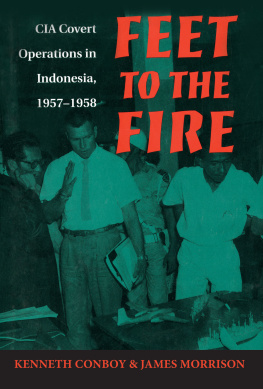

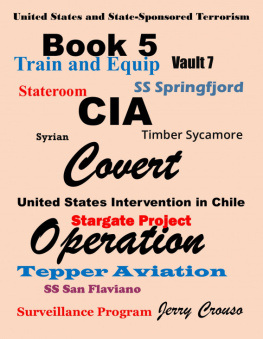
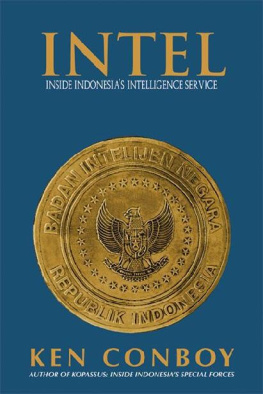
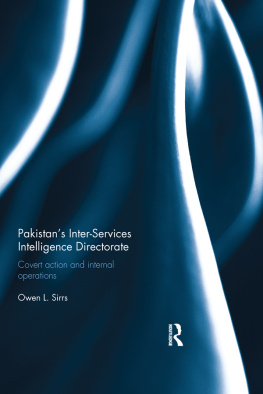
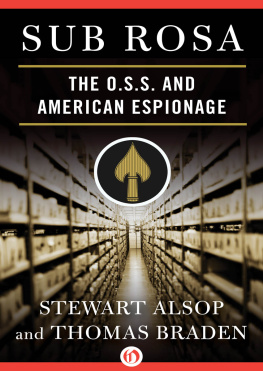
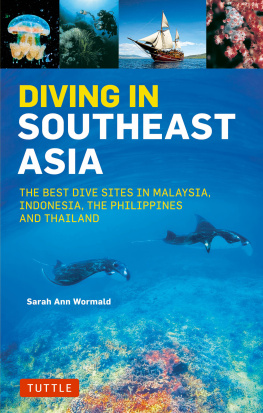
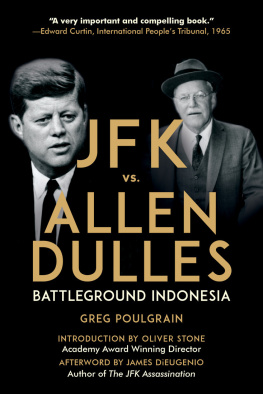
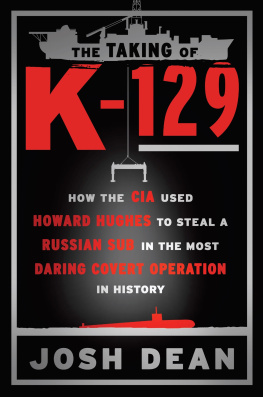
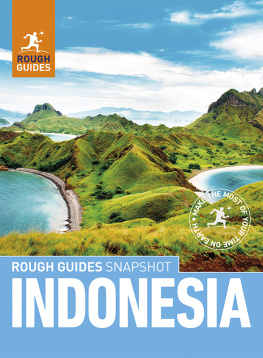

 Print editions meet the requirements of ANSI/NISO z39.48-1992 (Permanence of Paper).
Print editions meet the requirements of ANSI/NISO z39.48-1992 (Permanence of Paper).